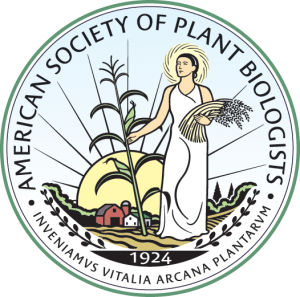Testimonials for Pioneer Member Machi Dilworth
Jane Silverthorne – Machi recruited me to join the National Science Foundation as a rotating program director in 1999. She would call from time to time to remind me of her offer, saying that I could either say yes immediately or she would call every two weeks until I did. I only said no initially because I felt that I couldn’t possibly live up to her expectations. If I had continued to say no, what a missed opportunity that would have been. I would never have experienced the joy of making great science possible under the guidance of an extraordinary leader. The measure of Machi’s impact is not just the number of awards she has received, although Machi has rightly received many. It is also the respect and affection of the people who have worked with her over long days and over many years. Of course, Machi’s professional skills are exceptional and her ability to foresee community needs ahead of time and evaluate the best options to meet them have never been matched. But Machi is also the person who, in the midst of our shared grief for a program director who died far too soon, found the words to say what the rest of us could not articulate. She is a warm and genuine colleague and her kindness and humanity permeated all aspects of her work. It is no surprise to me that pretty much everyone who has worked with Machi over the years considers her an incredible mentor, a wonderful collaborator, and a dear friend. I am so lucky to be one of those fortunate people.
Chris Somerville – Shauna Somerville and I started working with Arabidopsis in 1978, when we were still graduate students. We were intrigued with the idea, put forth by George Redei and others (eg., Sydney Brenner), that progress in understanding plant biology would proceed more rapidly if a good model organism was widely adopted. By the early 1980s, we were actively encouraging other scientists to adopt Arabidopsis, as were several friends such as Elliot Meyerowitz, Martin Koornneef and David Meinke. As a critical mass emerged, a number of people at NSF, USDA and DOE picked up on the idea – Mary Clutter, Delill Nasser, Machi and Greg Dilworth, and Bob Rabson in particular, and they started encouraging the idea of developing Arabidopsis. As I recall, when Machi left USDA in 1989 for NSF, she was assigned to support the Arabidopsis project. That was when things really started to take off. Suddenly there were funds to support services such as the Arabidopsis stock center, and we had an international steering committee setting community goals and grants were getting funded in spite of the fact that there were directed to research on a useless weed. By contrast, in some less forward-looking quarters, speaking the “A-word” was reportedly forbidden. Elliot and I had a lot of discussions with Machi during that long phase. She had a view of what was possible within the confines of a federal agency, and we had a sense of what the community wanted, or should want if they were scientifically ambitious enough. Machi was creative and insightful and committed to the idea of developing a model, and at some point I had a kind of a conceptual breakthrough and started thinking of Machi as a collaborator, rather than as a “dispenser of funds”. I think of her as one of the core people who helped develop the foundation for the big advances in plant biology that have taken place during the past several decades. Now that I have become a “dispenser of the funds” for a philanthropy, I think of her often as a model in her own right.
Michael R. Sussman – I met Machi in 1971during graduate school, when I was a PhD student with Hans Kende at the Michigan State University’s AEC/EDRDA/DOE Plant Research Lab in East Lansing, MI. She was a postdoctoral scientist at the bench right across from me, but I didn’t see her a lot, since she was (and I presume still is) somewhat short in physical stature. Her intellectual stature, however, was far beyond any of us, since she, in my opinion, was the main push in the world of government research funding that got the Arabidopsis genome sequenced and turned it into the mainstream of the scientific world. Many major questions about receptors and other subjects under study in the Kende lab were cracked through the contributions of a short weed and a short person. The contributions of both entities (Machi and Arabidopsis) are huge, and the offshoots of this work continue to bear fruit. The historical narrative of this is described well by Chris Somerville in his biography. With this testimonial, I just want to explain that we all owe Machi a huge debt of gratitude for the impact of her contributions that allowed us to use Arabidopsis to unpeel many of nature’s secrets on how plants operate. Also, on a personal level, I owe her immensely for putting up with my silly jokes and snide remarks and overall ingratiousness over the years. Now it is a much more serious affair to deali with funding agencies and “bearocracies” in general. I miss Machi being at the helm of the good ship USS Arabidopsis, but I suspect she helped spawn a new generation of folks at NSF to take over and keep the ship afloat and safe.
